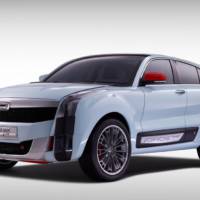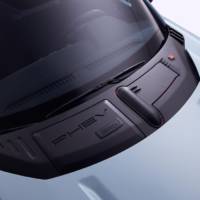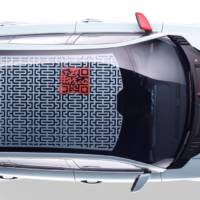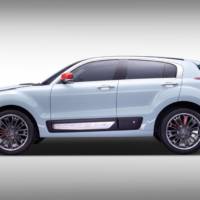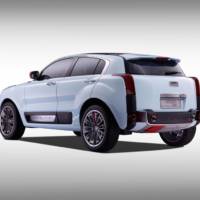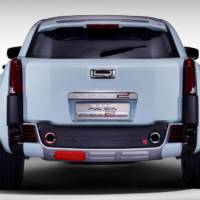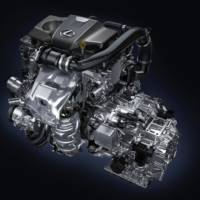Qoros starts to be a constant presence during important auto show around the globe. After Geneva Motor Show, where it unveiled its first crossover for the European market, Qoros is showcasing a new concept during this week Shanghai Auto Show.
The Chinese brand introduced the Qoros 2 Concept, a crossover that anticipates a future small SUV, that will be sold in Asia an Europe markets. More exactly, the Qoros 2 Concept is a design study that was conceived as a possible future entrant into the world’s fastest growing passenger car segment, the B-segment.
The Qoros 2 Concept features rugged SUV design combined with dynamic coupe upper body lines. A new distinctive design impression is created through vertically-orientated front and rear lamp clusters and an open V-shaped front bumper.
The exterior colour is ‘Misty Cyan’, a light green/blue inspired by ‘Ru Kiln’ porcelain, used during the Song Dynasty and still very popular today. The red accent details are ‘Cinnabar Red’. Cinnabar is a material that can produce a deep red ink, and has been used in Chinese art for centuries.
Simple, minimalist interior design features light clay shades and natural materials like bamboo. The climate control system incorporates multi-zone temperature control, the Qoros Multi Media Hub (MMH), Qoros’ cloud-enhanced connected services platform and an innovative digital instrument cluster.
The Qoros 2 SUV PHEV Concept incorporates a advanced plug-in hybrid electric technology. The latest ultra-high density batteries – incorporated into the chassis floor structure – and two high-capacity electric motors power the rear wheels through an Electric Rear Axle (ERA) drive system.
The 2 Concept incorporates innovative charging technology that has been inspired by aircraft fuelling, an automotive industry first. A foldable charging ‘probe’ – containing the electric charging socket – is hidden under a cover at the lower leading edge of the windscreen; it will automatically rise at the touch of a button on the dash. Based on the “Don’t touch a cable” principle that is stipulated for the aerospace industry, the electric charging probe unfolds to a specific height to meet ‘receiver sockets’ on charge point pods at the kerb, in car lot charging bays or installed in garages at home.
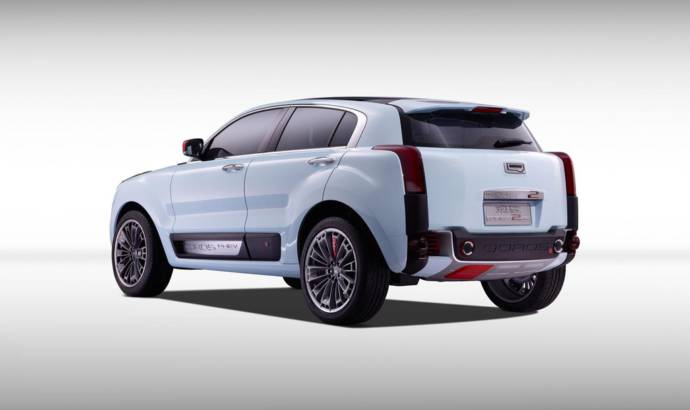
22 Apr 2015
0

